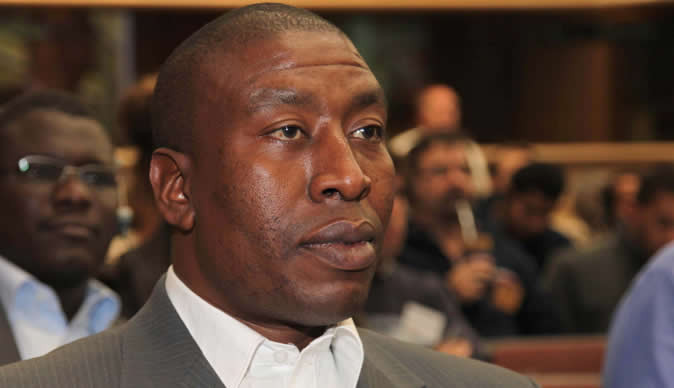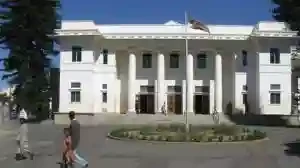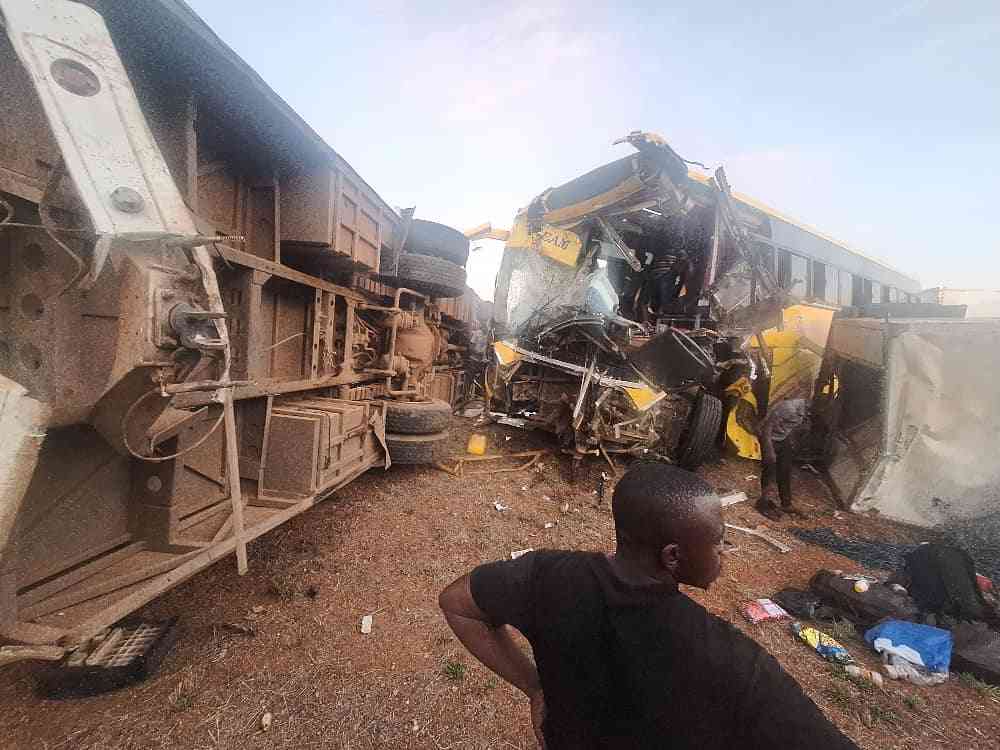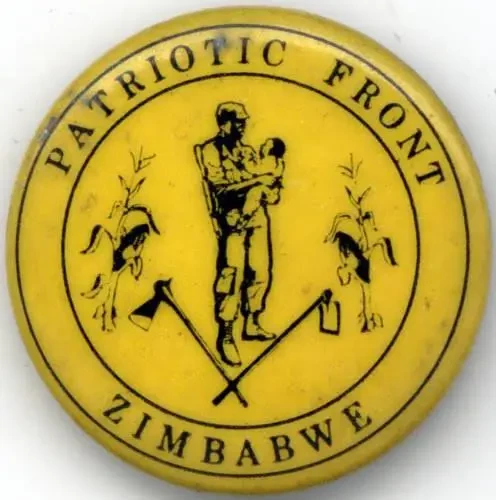
AN ENVIRONMENTAL research organisation has raised concern over the manner in which the Hwange Colliery Company Limited (HCCL) is evasive on matters related to addressing dangerous underground coal fires.
The Centre for Natural Resource Governance (CNRG) has documented several cases of residents, in particular children, being burnt by the fires in the coal mining town.
In 2021, the government described the smouldering fires as a ticking ‘atomic bomb.’
This was after a picture of the fires that cracked wide open a tarred road in the mining town went viral.
In response, the HCCL said it had engaged a German firm to deal with the underground coal seam fires.
Efforts to obtain a comment from the HCCL on how far the company had gone in dealing with the fires were fruitless.
Company spokesperson Beauty Mutombe referred this reporter to the HCCL administrator for comment.
The administrator, Munashe Shava, did not respond to questions on the matter.
- Smuggling of gems bleeding Zim’s economy
- Erik ten Hag: Manchester United appoint Ajax boss as club’s new manager
- Zimbabwe’s smuggled gold destined for China
- News in depth: ‘Cross-border raids’: Zimbabwean illegal miners wreak havoc in Botswana, SA
Keep Reading
CNRG director Farai Maguwu (pictured) told Southern Eye on Sunday that the HCCL has been unresponsive on the matter.
“We have also tried to engage Hwange Colliery Company; they have been numb on what was the outcome of the investigation if it was done at all,” Maguwu said.
CNRG in November last year petitioned the government over the fires.
In its petition, CNRG said there was evidence of the deleterious contribution of coal to climate change.
“There are also coal dumps sites. On coal dump sites, the fire can be man-made,” Maguwu said.
“For instance, if people just burn vegetation or grass and the veld fire just spreads, when it reaches the dump site where there is coal dust, that’s when they catch the fire, and it can burn for decades.
“Sometimes the fire will appear like it has disappeared, but it’s still there, it will be smouldering underground.”
He added: “There are some dump sites, which have been banned for many, many years.
“Once ignited, it’s very difficult to throw, put those fires off.”
Maguwu said the coal fires have left many with permanent injuries and disabilities.
“Some of them are now adults, and they are in their 30s or 40s with the deformed limbs,” he said.
“They are children, who have deformed limbs.
“The number of children who we profiled in our case, I think they can reach around 15 who have been deformed . Unfortunately a girl died.”
Maguwu said the fires have also resulted in human-wildlife conflicts.
“If they have bent people, how many more animals, which may not have the intellect that we have, which have fallen into those fires, probably escaped, and you know when animals are injured, they are agitated,” he said.
“It could be an elephant that stepped on seam fires , and agitated…I don’t think this is peculiar to Hwange.
“So, I think the most important intervention that is needed is to just detect where the fires are.”









